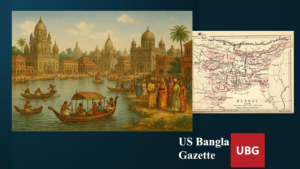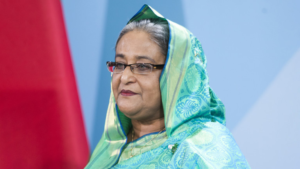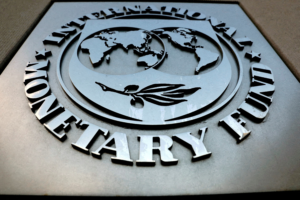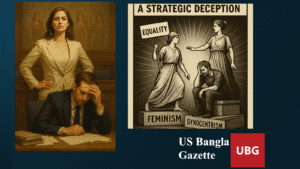The Rising Challenges of Bangladesh’s Caretaker Government

The Aftermath of Summer Protests
Significant changes unraveled after the summer protests in Bangladesh, marking a turning point in the nation’s political landscape. Long-ruling Prime Minister Sheikh Hasina faced protests that led to her temporary ousting. The initial jubilation in Dhaka was palpable as citizens hoped for reform under a caretaker government led by Nobel laureate Muhammad Yunus. Unlike past military interventions, this transition held the potential for a new democratic path.
The Struggles of the Caretaker Government
However, months later, Yunus and his government encountered daunting challenges in maintaining essential stability. The caretaker government proposed extensive reforms to revamp critical state institutions such as security forces, the judiciary, and the police. Despite the goodwill expressed by the military supporting these reforms, the distrust among the youth and activists lingers, adding tension to an already volatile situation.
The Future of Bangladesh’s Political Landscape
Bangladesh vies for greater international support, so the need for a donor conference is undeniable. With reform plans needing substantial funding, the prospect seems distant amidst global crises and strained relations with India. The potential reliance on China for aid, reminiscent of past administrations, raises concerns about the balance of power within the region. Moreover, the military’s ambiguous stance on the timing of elections poses risks that could hinder Yunus’ agenda. Positive developments in public safety still struggle against the backdrop of unresolved violence, making the path ahead uncertain for both the caretaker government and the people of Bangladesh.








